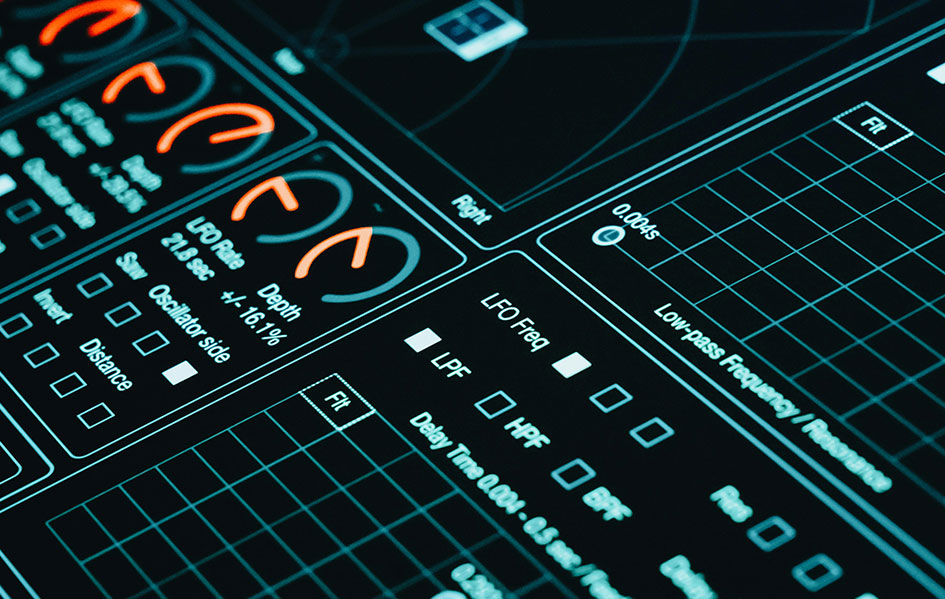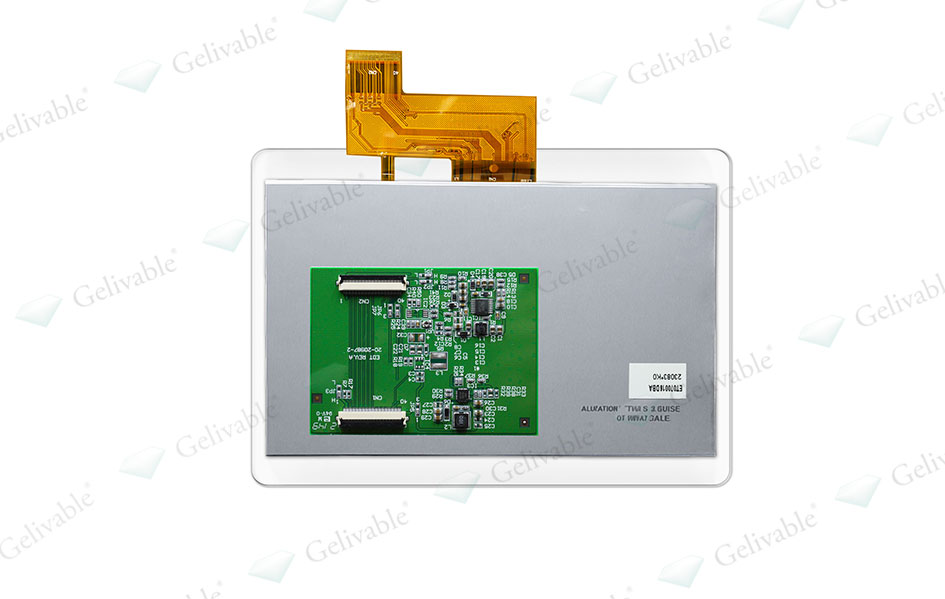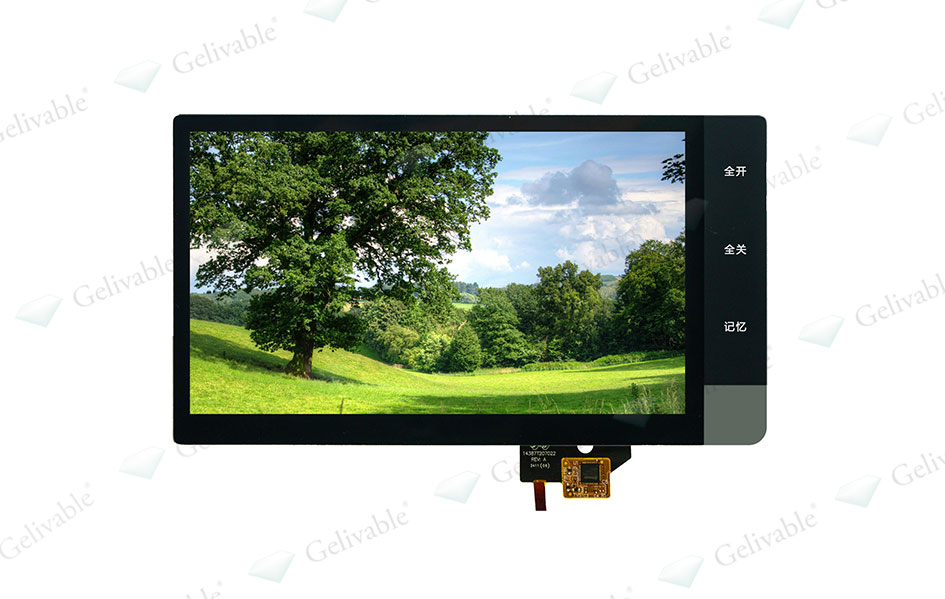
 Global Hotline
Global Hotline
In today's era of smart device proliferation, touchscreen technology is evolving rapidly. To help you gain an in-depth understanding of core industry technologies, we have specially compiled detailed explanations of the following professional terms:

Core Terminology Explained
1. LCD Panel (Liquid Crystal Display Panel)
Explanation: A liquid crystal display panel composed of a backlight module, liquid crystal layer, color filters, and other components. Classified into TN, IPS, VA, and other types based on technology, it serves as the underlying display component of touchscreens.
2. COG (Chip on Glass)
Explanation: A packaging technology where the driver IC chip is directly bonded to a glass substrate. Connected via conductive adhesive (ACF), it reduces circuit volume and improves reliability, commonly used in LCD and OLED display modules.
3. FPC (Flexible Printed Circuit)
Explanation: A flexible printed circuit board made of polyimide (PI) and other materials, capable of bending and folding. Used to connect touchscreen sensors to the mainboard, featuring lightweight and bend-resistant properties.
4. FOG (Film on Glass)
Explanation: A process where flexible circuit films (e.g., ITO films) are laminated onto a glass substrate using optical adhesive (OCA). Primarily used in early resistive touchscreens or certain capacitive touchscreens.
5. BL (Back Light)
Explanation: The backlight module of an LCD display, mainly consisting of LED light sources, light guide plates, reflective sheets, and diffuser plates.

6. LCM (LCD Module)
Explanation: A complete packaged solution for liquid crystal display modules, including LCD panels, driver ICs, backlight modules (BLUs), and peripheral circuits.
7. TP (Touch Panel)
Explanation: A general term for touchscreens, classified by technology into:
Resistive: Positioning achieved through pressure contact between two ITO films.
Capacitive: Utilizes human body electric field sensing (divided into surface capacitive and projected capacitive types).
Infrared/Ultrasonic: Positioning via interruption of infrared or ultrasonic waves.
8. TPM (Touch Panel Module)
Explanation: A complete packaged solution for touchscreen modules, including touch sensors (TP Sensor), control ICs (Touch IC), flexible printed circuits (FPC), and protective cover lenses (Cover Lens). Classified by technology into:
Resistive TPM: Uses a two-layer ITO film structure for pressure touch.
Capacitive TPM: Supports multi-touch, including:
GFF (Glass-Film-Film): A structure with dual-layer ITO films sandwiched between glass substrates—cost-effective but thicker.
GF (Glass-Film): A single-layer film structure, thinner than GFF.
OGS (One Glass Solution): Integrates sensors directly onto the cover glass interior, eliminating one glass layer and improving light transmittance.
Other types: Infrared, ultrasonic, etc.
9. OCA (Optically Clear Adhesive)
Explanation: An optically transparent adhesive used for bonding multi-layer structures in touchscreens (e.g., cover glass and sensors). Requires high light transmittance (>90%) and low refractive index to avoid optical interference.

10. ITO (Indium Tin Oxide)
Explanation: A transparent conductive material used for touch sensor electrode layers. Its brittleness is a drawback, and emerging alternatives include silver nanowires (AgNW) and metal mesh.
11. TFT (Thin-Film Transistor)
Explanation: Thin-film transistors used for active-matrix driving in LCDs or OLEDs. Each pixel is controlled by a TFT, improving response speed and contrast.
12. Cover Lens/Cover Glass
Explanation: The outermost protective glass (e.g., Corning Gorilla Glass), chemically strengthened (ion exchange) to enhance impact and scratch resistance.
13. ACF (Anisotropic Conductive Film)
Explanation: An anisotropic conductive adhesive film used for bonding ICs to FPCs/glass substrates. Conducts only vertically while insulating horizontally, ensuring precise connections.
14. In-Cell/On-Cell
In-Cell: Integrates touch sensors within the LCD panel’s liquid crystal layer (e.g., iPhone technology)—ultra-thin but complex to manufacture.
On-Cell: Places sensors above the liquid crystal layer (e.g., Samsung AMOLED screens), balancing performance and cost.
15. DDIC (Display Driver IC)
Explanation: A display driver chip that converts signals into pixel voltages to control screen display. May integrate with touch ICs into a single chip (TDDI).

16. EMI (Electromagnetic Interference)
Explanation: Electromagnetic interference; touchscreen designs must minimize interference signals via shielding layers (e.g., metal mesh) or filter circuits.
17. HMI (Human Machine Interface)
Explanation: Human-machine interface systems encompassing touchscreens, physical buttons, voice controls, and other input/output methods.
18. Lamination
Explanation: The process of bonding multi-layer touchscreen structures (cover, sensor, display) using OCA or LOCA (liquid optical adhesive), requiring avoidance of bubbles and dust.
19. MTF (Modulation Transfer Function)
Explanation: An optical clarity metric for touchscreens, reflecting contrast attenuation in transmitted images.
20. SITO/DITO
SITO (Single ITO): A single-layer ITO patterning design—cost-effective but with poor signal-to-noise ratio.
DITO (Double ITO): Dual-layer ITO cross-electrodes supporting multi-touch with higher precision.